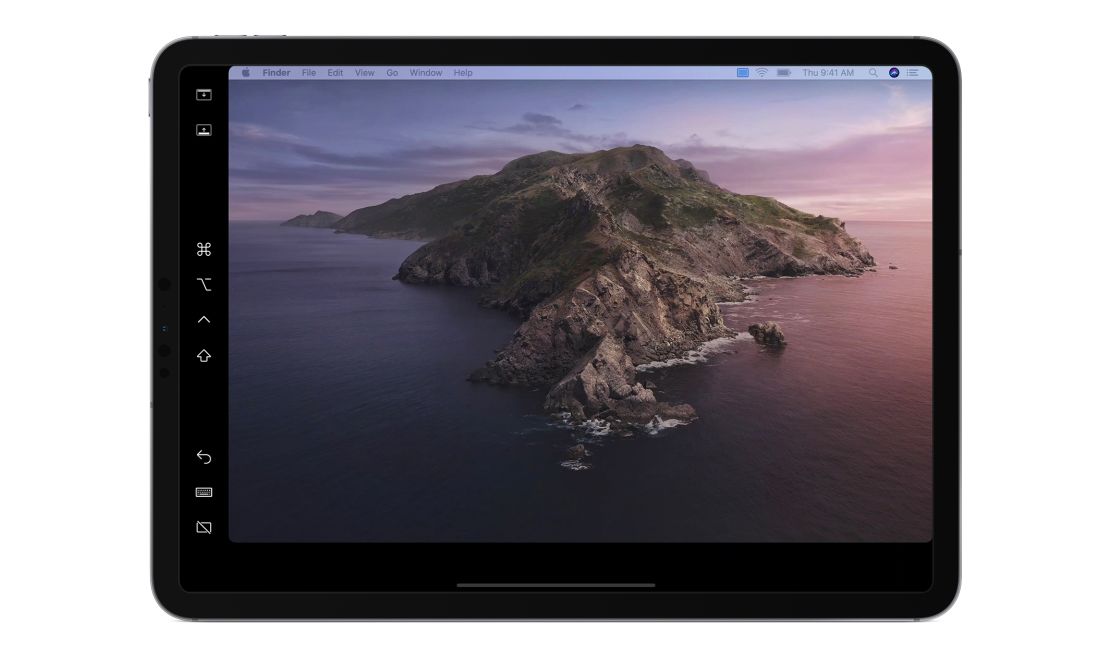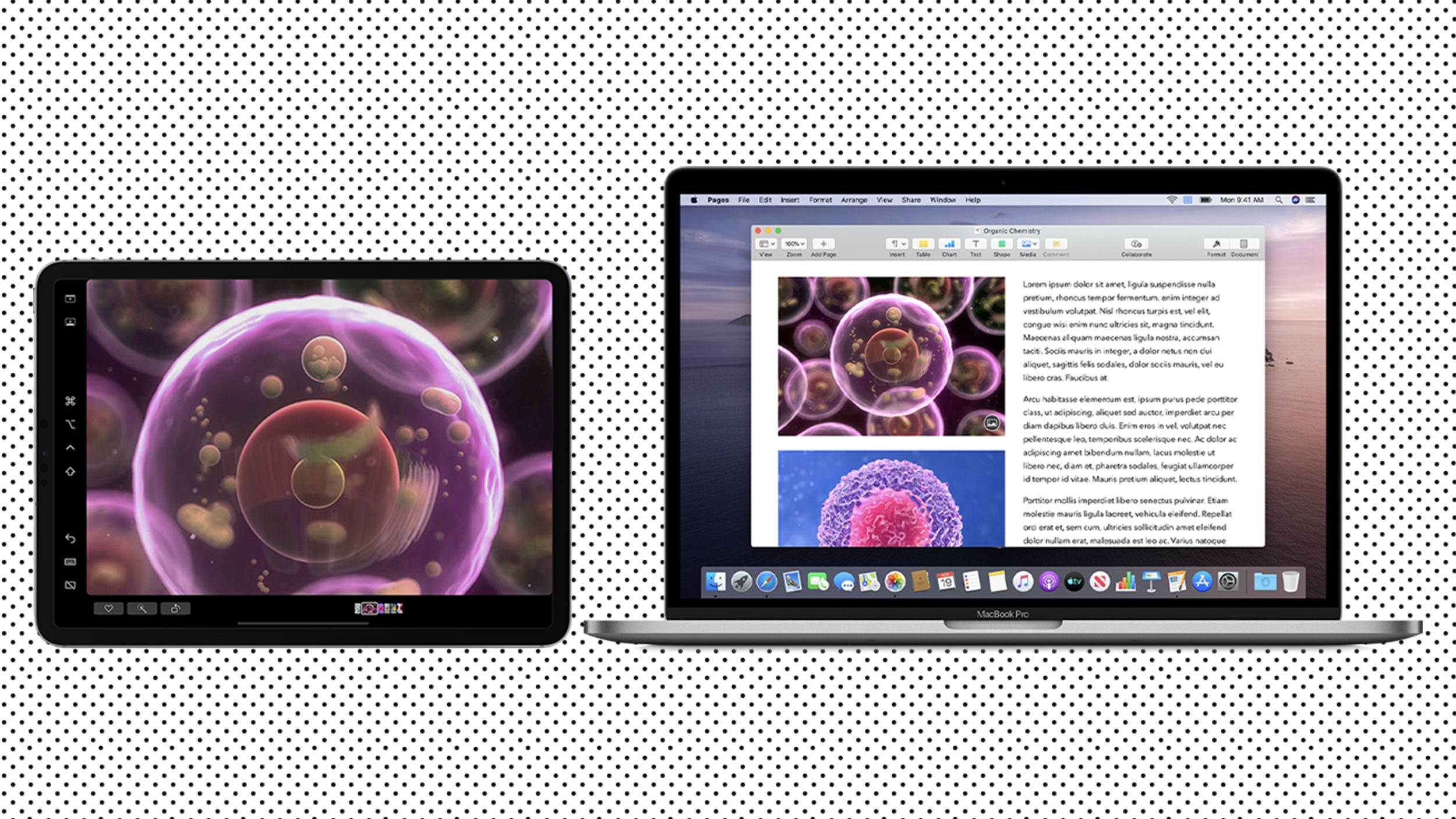Whether you’ve been working from home and are craving an external display, or you’re just looking for extra space on your screen, macOS has a built-in solution for you. Sidecar, a feature built into both iPadOS 13 (and future versions like iPadOS 13.5) and macOS Catalina, allows you to expand your screen onto an iPad either wirelessly or hardwired. But you’ll need to pay attention to the details, as there are some requirements.
On the iPad side, the device must support either the first-generation or second-generation Apple Pencil. You’ll need a third-gen iPad Air, fifth-gen iPad mini, a sixth-gen or later iPad, or an iPad Pro. All iPad Pro models are eligible, including the first-generation 12.9-inch.
For the Mac, you’ll need a 2019 Mac Pro, a 2018 or later Mac mini, any model of iMac Pro, a 2018 or later MacBook Air, a 2016 or later MacBook, a 2016 or later MacBook Pro, a Retina 5K iMac from 2015, or a 2017 or later iMac.
Both the iPad and the Mac need to be signed in to the same iCloud account. As long as you meet those requirements, you are set and ready to use Sidecar. For a hardwired connection, you can plug in a USB Type C-to-Lightning or USB-C-to-USB-C cable. This will give you an experience with nearly zero-latency, but Apple does allow Sidecar to be run wirelessly too. The devices need to be within 30 feet of each other and have Bluetooth, Wi-Fi and Handoff enabled.
If you’re going the hardwired route, plug your iPad into the Mac via a cable. For the wireless route, place them next to each other and check that Bluetooth and Wi-Fi are turned on in the Control Center (swipe down from the top right corner). You can check that Handoff is turned on in Settings by searching for the feature or going to General > AirPlay & Handoff.
On the Mac, open System Preferences and click Sidecar in the last row. You’ll see a graphic of the Sidecar experience and below it a drop-down list labeled “Connect To.” That is where you can find your iPad and select it to connect. Since the iPad and Mac are running on the same iCloud account, it should appear quickly. You’ll see your iPad transform into an external display for the Mac, complete with a sidebar for shortcuts and the Touch Bar shown at the bottom by default.

In that same Sidecar window of System Preferences, you can choose to show the sidebar on the left or right, or just turn it off. Same goes for the Touch Bar: You can move it between the top and bottom, or just turn it off. There’s also the option to enable or disable double-tap on the Apple Pencil. Depending on your workflow, it might be better to keep those controls just on the Mac. It’s easy enough to switch it on the fly.
After you connect to the iPad, you’re truly set. You can drag an app from the Mac over to the iPad. We find it handy to monitor email, messages, a calendar or even Tweetdeck on the iPad. Since it also supports the Apple Pencil, it’s handy for jotting down notes and even making edits in Photoshop or Lightroom.
Sidecar is a great value add for any Mac and iPad that supports it. It was already useful for travel as a way to get a little more display space when working in a hotel room, but now, it makes it easy to enhance a workstation outside or in your home. After all, we can all use a little more screen real estate.
Note: The prices above reflect the retailer’s listed price at the time of publication.




















